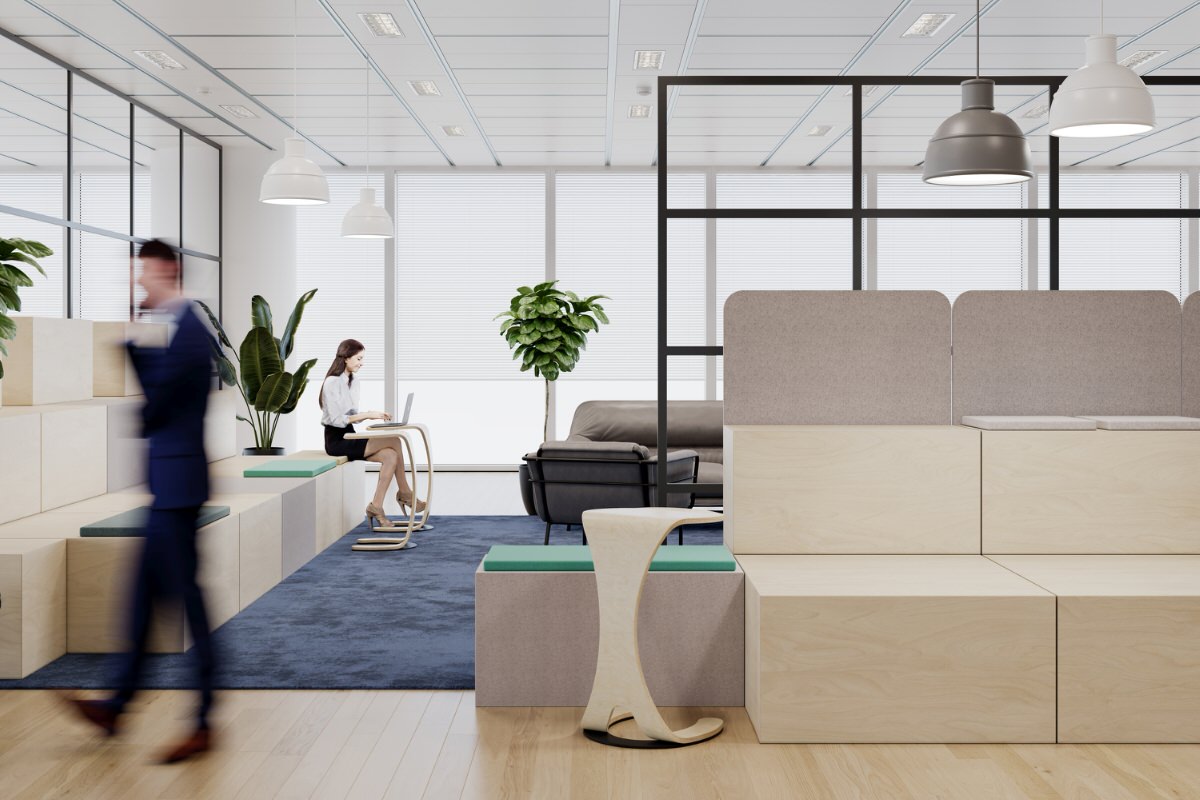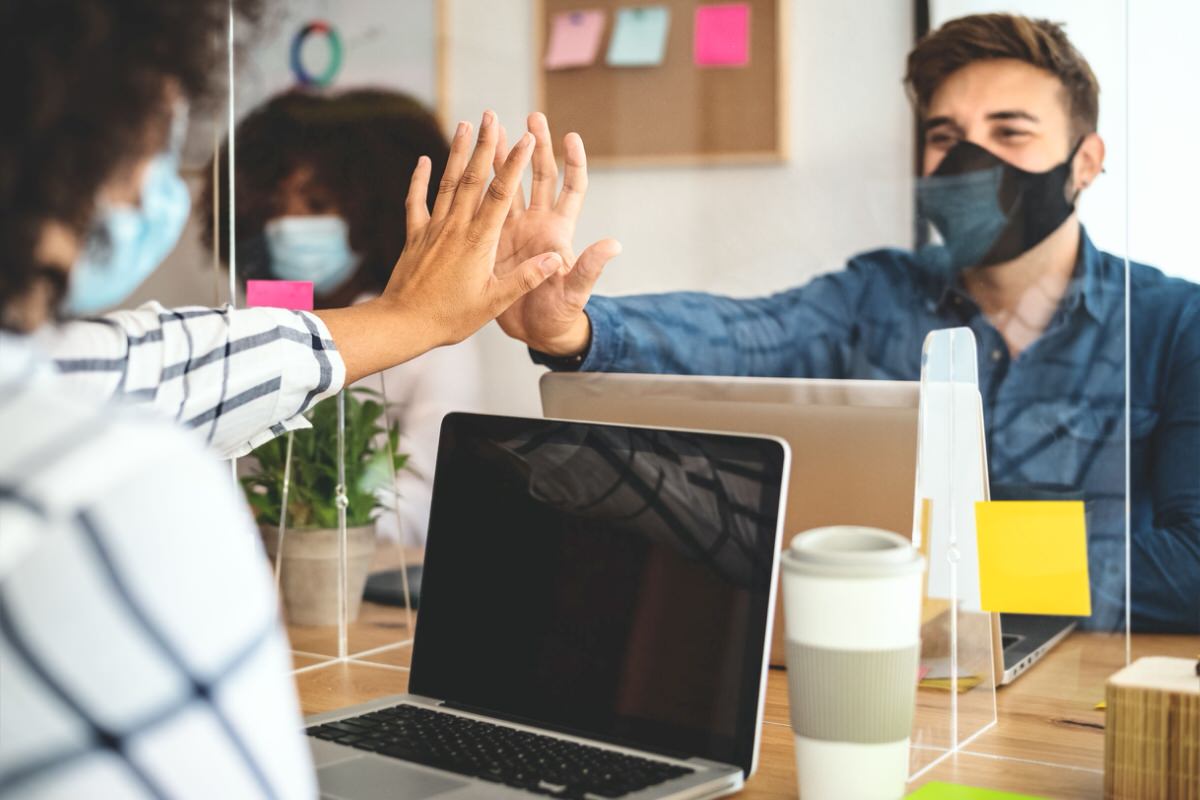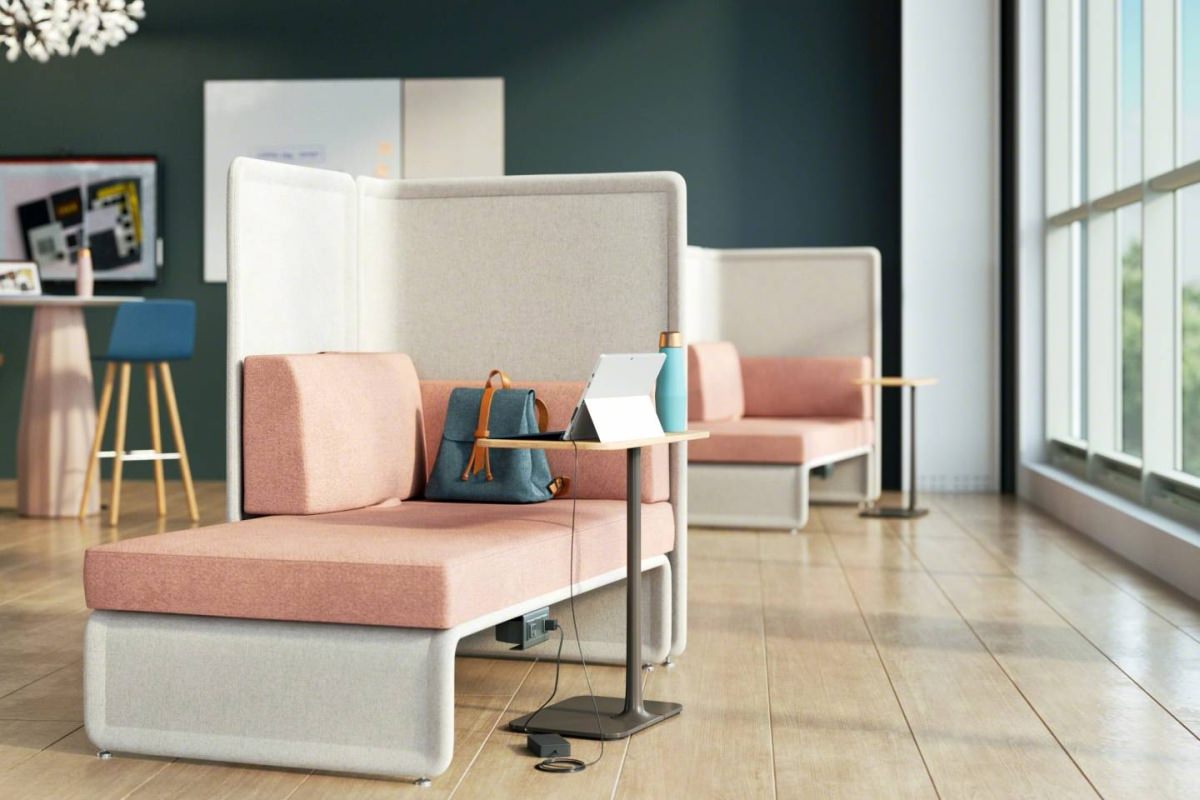Returning To The Office
As Covid-19 restrictions ease, organizations need to assess how best to reconfigure and redeploy both their workforce and office space, in a manner that safeguards the health and wellbeing of staff while maximising their productivity.
Businesses continue to plan how to return employees to the workplace, and strategically manage the transition of staff to in-person work after an extended period of remote working.
Over half of the employers across the globe plan to stagger their return to work strategies, to allow for greater social distancing and more flexible working practices. Mindful of Government advice and restrictions that continue to change fluidly in response to the pandemic, many organizations are examining a phased re-entry to the office. Examples of this include splitting employees into shifts based on specific criteria such as job function or department. The split can also be more in rudimentary in nature, such as by name, where those with surnames beginning with A to M will alternate their attendance with those whose last names begin with N to Z.
Workspace design and the innovative use of space are integral to ensuring a healthy return to the office
Considerations For Decision Makers
Government recommendations state that where possible, workers should maintain a social distance of at least two metres, unless there are extra precautions in place to mitigate the risk of virus transmission. This guide applies to workspaces, unassigned seating, assigned seating, conference rooms, café tables, elevators and other shared spaces. This distance can be visualised as a personal 2m sphere in both static and dynamic environments. To maintain this separation from colleagues, each individual is responsible for their own sphere and how it intersects with others when meeting in communal areas or moving through the office.

Redesigned workstations, safe circulation layouts, shared collaboration zones, and areas with designated two metre personal perimeters, will be the new gold standard for office design

Furniture Arrangement
Furniture arrangements should be adequately spaced to accommodate personal spheres and organizations will need to devise new seating arrangements that allow for increased separation.
This could include alternate workstation use to reduce seating density and space saving techniques to help mitigate the demand for floorspace, such as banks of desks facing diagonally with plexiglass partitions, and smaller flexible areas for staff to work on laptops or tablets.
Innovation With Space
The return of the cubicle, booth or workstation pod is another design option, but using hard, easy to clean surfaces instead of traditional acoustic foam.
Cleaning will be a critical element of the return to work, and at Anvil, our design team have given considerable thought to sourcing a wide variety of anti-bacterial surface materials to help provide reassurance to staff. Built in conjunction with acoustic panels on the walls and ceiling, this combination of materials will ensure that the space does not feel cold, while still controlling noise levels and limiting reverberation.


Separation Zones
Distinct zones and areas can be separated using a variety of social distancing screens, such as the clever, easily maintained, terracotta bricks depicted in the image accompanying this text.
All employees must be able to move through their surroundings whilst maintaining social distance. Safe circulation through and around shared spaces can be achieved with adequate width channels, directional traffic flow with appropriate signage and wayfinding, and the use of additional shielding where applicable.
Protective Screens
Plexiglas barriers, or other inventive room and workstation dividers (sneeze guards) can also be installed. They are easy to fit, minimally invasive, and can be simply removed post-pandemic or as recommendations allow.
Touch down stations with PPE (supplies of hand gel, facemasks and gloves) should be factored into a return to work plan, and located throughout circulation routes and at high touch-points such as photocopiers.

Collaboration And Social Interaction
While businesses and employees have embraced remote working during the pandemic, they have also recognised that face-to-face interaction, mentorship, learning opportunities and the sharing of experiences are essential to personal development, and in turn to an organisation’s culture and success.
Companies have realised that there is a need for more resilient office space, that provides modern flexibility, a breadth of services and the options and comforts home working affords.
At Anvil, we are constantly developing and evolving designs for a diverse range of commercial spaces, with furniture that supports different modes of working, and with collaboration at the forefront of our minds.
Employees understand that a shared office space provides opportunities to collaborate and socialise that are simply not possible with remote working
Meeting Your Needs
Anvil can advise you on furniture that is best suited to a post-COVID workplace, and source all of the products that you require. Working with a select group of trusted furniture suppliers for many years, who not only offer a fantastic service but also provide us with great trade discounts, we are able to pass on cost reductions to all of our clients, big or small.


Safety & Wellbeing
Shared spaces that support collaboration and social interaction will bring a welcome warmth and energy to the workplace, and people will continue to be drawn to environments that encourage originality in more residentially-inspired, comfortable settings.
However, the attributes that make these spaces desirable: softer furnishings, lush materials, crafted finishes, also raise new safety concerns. Shared spaces must pivot towards supporting the physical distancing and cleaning protocols needed to create a safer work environment. Spaces that employees most enjoy must be adapted or created to not only enhance productivity but to ensure the wellbeing of the people that use them.
We Can Help
Anvil’s team of experts can help you understand the distance ratings required for different jobs and areas of you business, examine the requirements of employees and the tasks they are expected to perform, and select the right fixtures and furniture that support your entire team. We can work alongside your workforce planners, offering complete advice on all of the necessary steps to get your employees safely and efficiently back to work.
